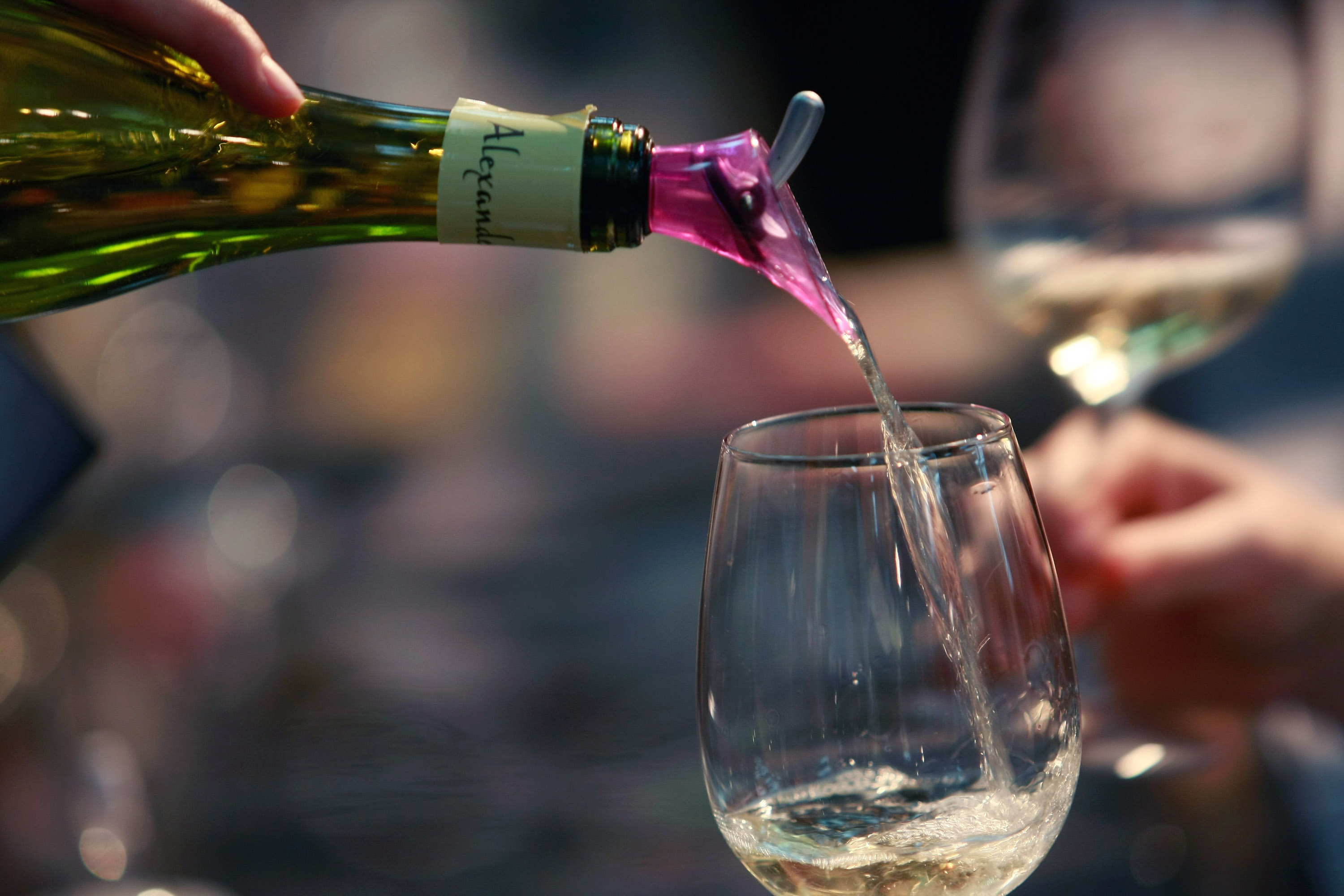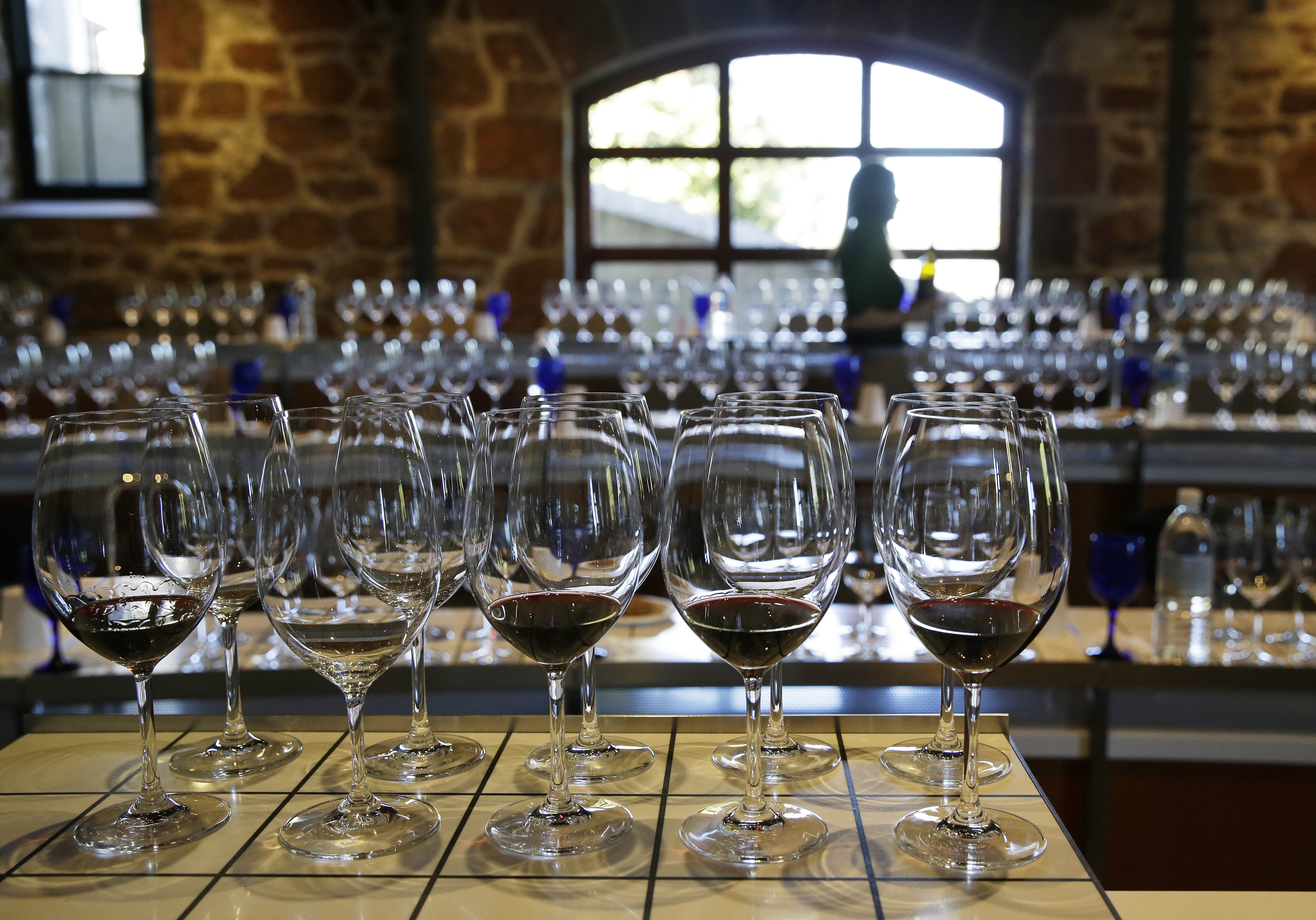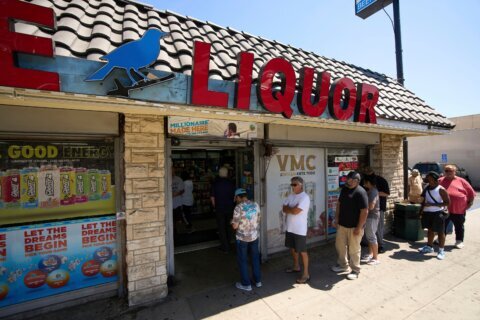Scott Greenberg
WTOP Wine Contributor
WASHINGTON — Americans just don’t drink enough Champagne, which is why I love this time of year. It gives me an excuse to shout (or write) all about the wonderful versatility that Champagne has to offer.
An American humorist and writer put it best when he said, “Too much of anything is bad, but too much Champagne is just right.” Amen!
The difference between sparkling wines and genuine Champagne is that only wines made in the tiny Champagne region in France — using the strict Méthode Champenoise — can be called Champagne (denoted by the capital “C” in the name). All other champagne-style wines are referred to as “sparkling wines.”
Most mid-level priced Champagnes ($25 to $45) are non-vintage or “NV.” This means that it’s a blend from several vintages of wines from the same Champagne house. For example, a current NV might be made up of a little of the 2003 vintage mixed in with a little more of the 2004 vintage and topped off with the 2005.
Vintners use this method to achieve uniformity and develop a “house style” that is consistent from year to year. A “vintage” champagne is always designated by a specific year on the bottle and is made entirely from grapes harvested from that particular year.
Champagnes are also made from several grape varietals. The most common are chardonnay, pinot meunier and pinot noir. A bottle labeled “blanc de blancs” (white from whites) is made entirely from chardonnay. “Blanc de noirs” (white from reds) denotes that the wine was made from red grape varietals such as pinot meunier or pinot noir. Rosé wines are produced with the addition of “still” (without bubbles) pinot noir during the process.
Lastly, there are different sugar contents. The styles are classified on the label, so you can determine sweetness. The most popular style of Champagne is classified as “brut” and is considered a dry wine, even though it has just a smidge of residual sugar — whereas “extra brut” is totally dry. Champagne labeled “extra dry” is actually a little sweeter than brut, “dry” is sweeter than extra dry and demi-sec is sweeter still.
In order to fully appreciate Champagne, it should be served well-chilled in a tall flute-style glass or tulip glass. The shape of the glass and the cold temperature preserves the bubbles and enhances the experience.
One of my favorite Champagnes for the money is the Non-Vintage Nicolas Feuillatte Brut Champagne from Epernay, France. This nicely balanced wine is a wonderful value in non-vintage fine Champagne. The tiny, precise bubbles add a degree of elegance as they deliver lovely notes of apple, pear, citrus and roasted almonds across the entire palate. Toasted hazelnuts are featured on the crisp, balanced finish. $28.
The Non-Vintage Bollinger Special Cuvee is a perennial favorite. Each year, it is blended with 25 percent (or more) reserve wines to achieve balance and consistency. This is the house’s entry level Cuvée and typically features fragrant scents of green apple and buttered toast on the nose, leading to flavors of baked apple, ripe pear, roasted hazelnuts and candied ginger on the palate. The structure is full-bodied and the finish, featuring notes of toasted almonds, is round and full. $50.
If you are interested in very reasonably priced vintage Champagne, try the 2006 Moët & Chandon Brut Grand Vintage Champagne, from France. It offers up scents of roasted nuts and baked bread on the nose. The palate is full-bodied, fresh and vivacious, with flavors of Honey Crisp apple, pear and citrus fruit with a hint of dough. $60.
Rosé Champagne is one of my guilty pleasures, and the Non-vintage Billecart-Salmon Brut Rosé is a consistent winner. Using a blend of roughly 50 percent chardonnay, 35 percent pinot noir and 15 percent pinot meunier, the delicate pink color is accompanied by lovely scents of sweet cherry, vibrant strawberry and chalky mineral. Bright black cherry, strawberry and red plum fruit flavors offer surprising depth. Mouthwatering mineral-laden acidity mesh with hints of baking spices on the beautiful finish. $80.
If you are looking to celebrate in style –– and you have a significant budget to do it — the Non-Vintage Krug Grande Cuvée is your Champagne. It represents the trademark signature style of Krug, with a combination of intensity and charm. The creamy mouthfeel is layered with flavors of honeysuckle and brioche on the nose and flavors of apple, white peach, orange blossom and baked bread on the palate. The long finish has a slightly creamy feel and adds a level of elegance that has to be tasted to be believed. $130 – $150.







